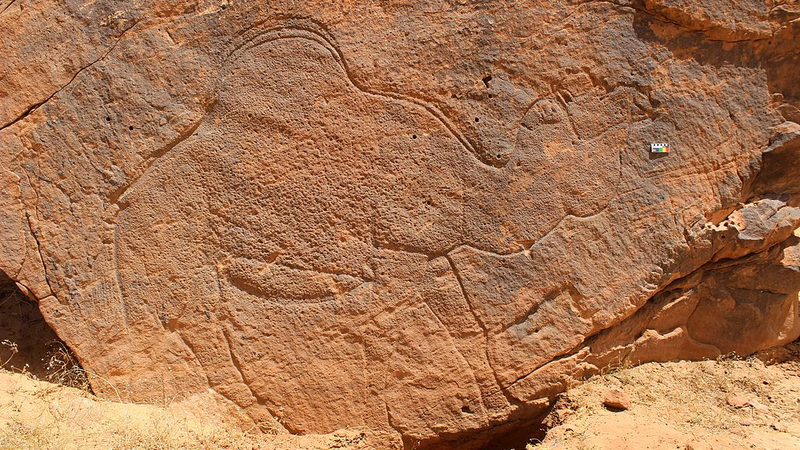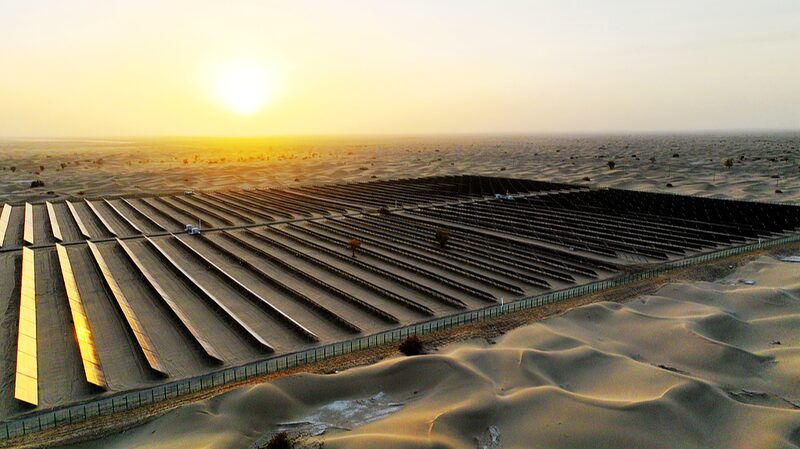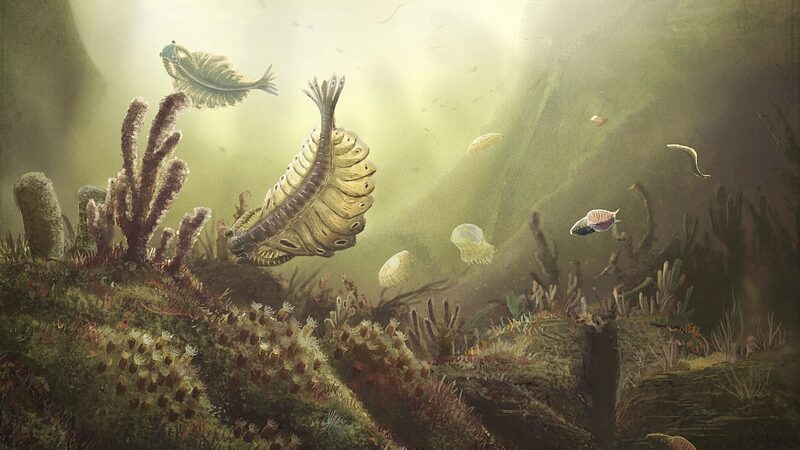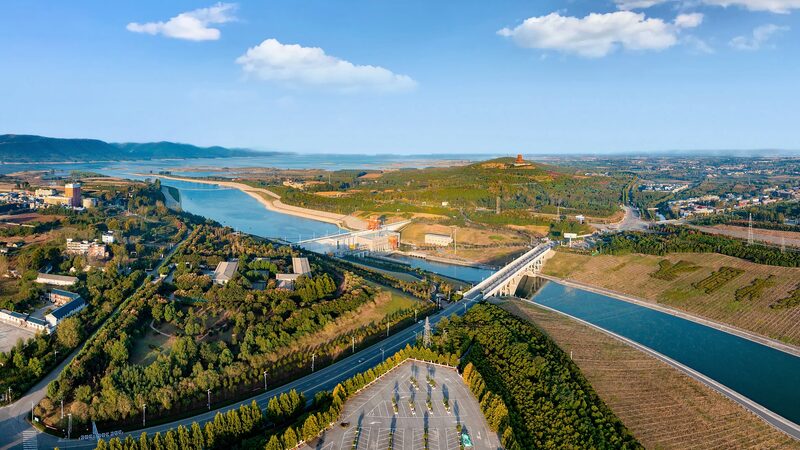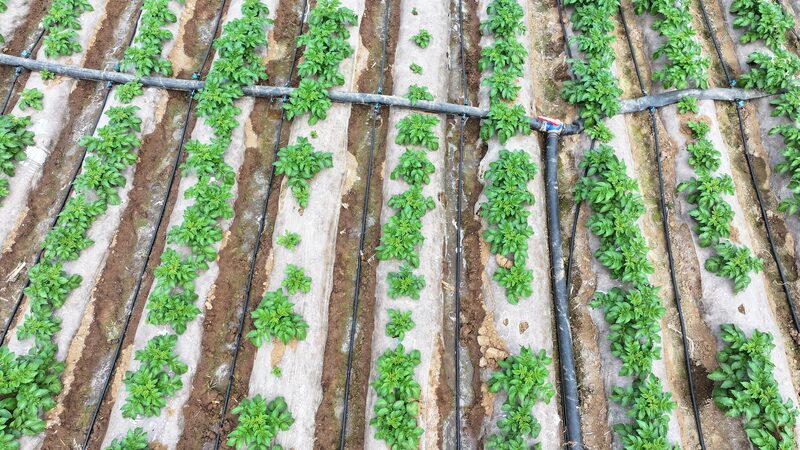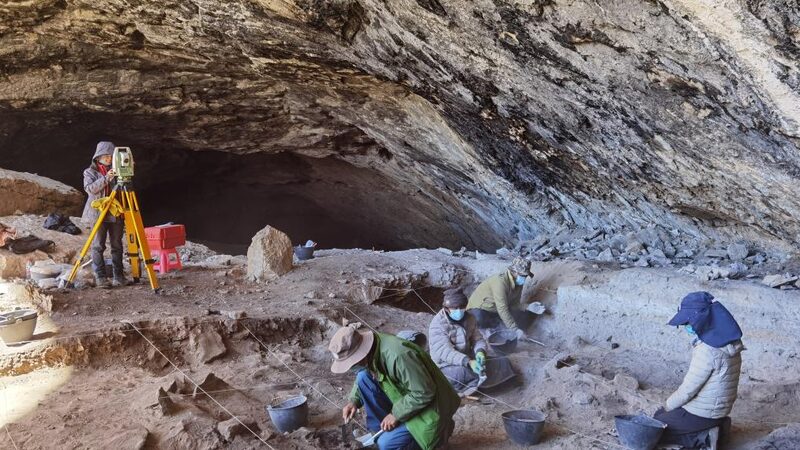New archaeological discoveries in northern Saudi Arabia are rewriting our understanding of how ancient societies thrived in arid environments. Researchers have uncovered monumental rock art panels featuring life-sized camels and other animals, carved 12,000 years ago by hunter-gatherers to mark vital water sources in what is now the Nefud desert.
The engravings – some measuring over 2.6 meters long – appear across 30 km of mountainous terrain south of the desert. Archaeologists documented 130 animal images across 60 panels, including detailed depictions of ibex, gazelles, wild donkeys, and an extinct wild cattle species called aurochs.
University of Sydney archaeologist Maria Guagnin, lead author of the Nature Communications study, describes the technical marvel: "Engravers risked their lives to create cliffside panels 39 meters above ground. They worked on narrow, sloping ledges without full visibility of their artwork, yet produced remarkably naturalistic animal forms."
These carvings served as both practical survival tools and cultural expressions, mapping water resources during a period when Arabia's climate was becoming increasingly arid. The findings offer fresh insights into early human adaptation to environmental challenges, with implications for understanding migration patterns and resource management in prehistoric societies.
For investors and cultural explorers alike, the discovery underscores Arabia's rich historical legacy while providing academics new material to study ancient human-environment interactions. The rock art sites could also become significant destinations for Middle Eastern cultural tourism as Saudi Arabia develops its archaeological preservation initiatives.
Reference(s):
Camels carved in ancient Arabian rock art indicate vital water sources
cgtn.com
